Two particle A and B (of masses m and 4m) are released from rest in the two tunnels as shown in the figure-6.93. Which particle will cross the equatorial plane first?
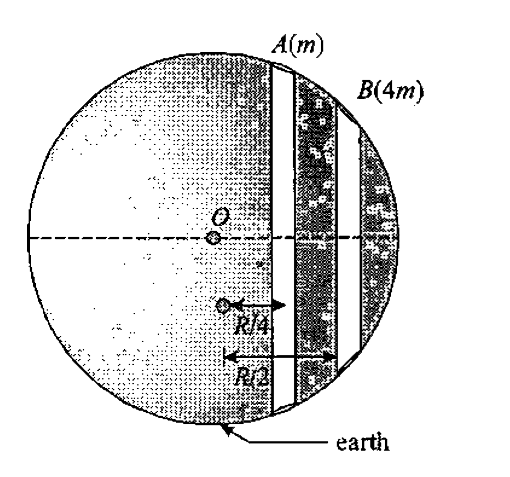
A
B
Both simultaneously
Data insufficient
The correct Answer is:C
Topper's Solved these Questions
- GRAVITATIONBOOK - PHYSICS GALAXY - ASHISH ARORACHAPTER - GRAVITATIONEXERCISE - Numerial MCQs
59 Videos
- GRAVITATIONBOOK - PHYSICS GALAXY - ASHISH ARORACHAPTER - GRAVITATIONEXERCISE - Advance MCQs
17 Videos
- GRAVITATIONBOOK - PHYSICS GALAXY - ASHISH ARORACHAPTER - GRAVITATIONEXERCISE - Discussion Qns
31 Videos
- FLUID MECHANICSBOOK - PHYSICS GALAXY - ASHISH ARORACHAPTER - FLUID MECHANICSEXERCISE - Unsolved Numerical Problems
86 Videos
- KINEMATICSBOOK - PHYSICS GALAXY - ASHISH ARORACHAPTER - KINEMATICSEXERCISE - Unsolved Numerical Pro.
83 Videos
Similar Questions
Two particles are projected with speed 4m/s and 3m/s simultaneously from same point as shown in the figure. Then:
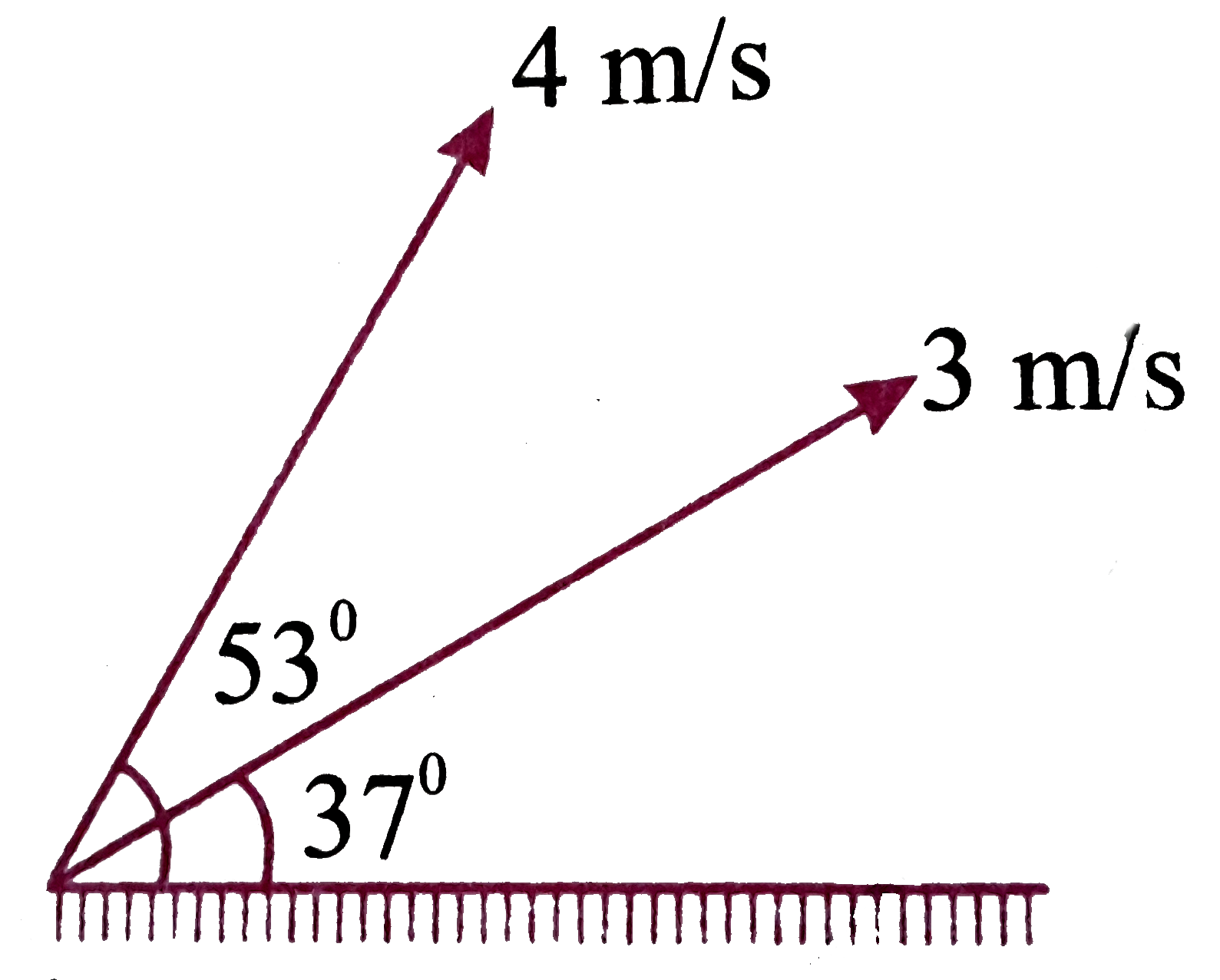
View SolutionTwo particles A and B of mass 3kg and 2kg moving with speed 10m/s and 5m/s as shown in figure.

Kinetic energy of particle A when particle B has the maximum momentum
View Solution
Knowledge Check
A particle of mass m is released from rest and follows a particle as a function of time?
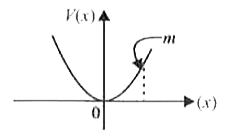 A
A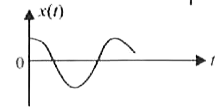 B
B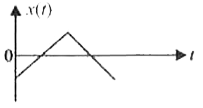 C
C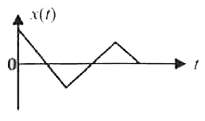 D
D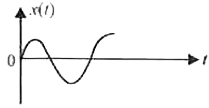
Two particles are projected with speed 4m/s and 3m/s simultaneously from same point as shown in the figure. Then:
 ATheir relative velocity is along vertical directionBTheir relative acceleration is non-zero and it is along vertical directionCThey will hit the surface simultaneouslyDTheir relative velocity is constant and has magnitude 1.4m/s
ATheir relative velocity is along vertical directionBTheir relative acceleration is non-zero and it is along vertical directionCThey will hit the surface simultaneouslyDTheir relative velocity is constant and has magnitude 1.4m/sTwo particles are projected with speed 4m/s and 3m/s simultaneously from same point as shown in the figure. Then :
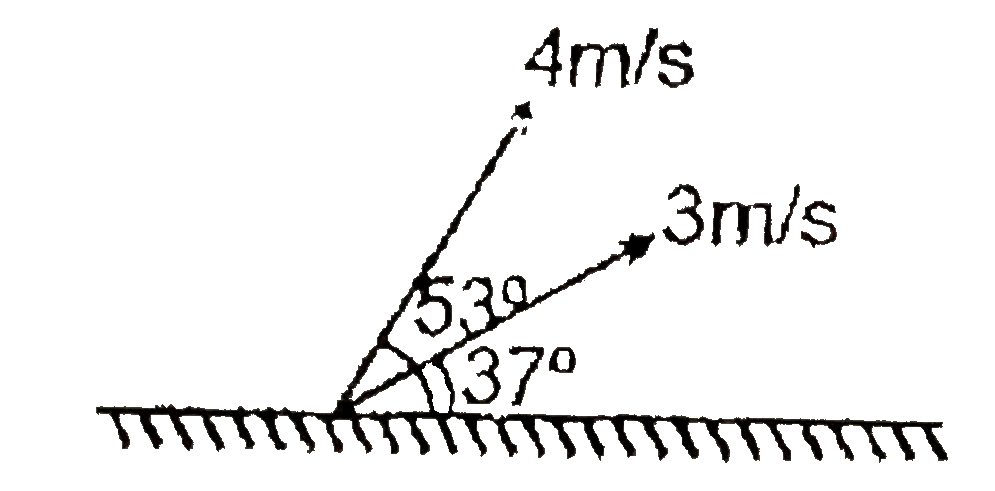 ATheir relative velocity is along horizontal direction.BTheir relative acceleration is non-zero and it is along vertical direction.CThey will hit the surface simultaneously.DTheir relative velocity is constant and has magnitude 1.4m/s
ATheir relative velocity is along horizontal direction.BTheir relative acceleration is non-zero and it is along vertical direction.CThey will hit the surface simultaneously.DTheir relative velocity is constant and has magnitude 1.4m/s
Two particles A and B of mass 3kg and 2kg moving with speed 10m/s and 5m/s as shown in figure.

Kinetic energy of particle A when particle B has the maximum momentum
View SolutionTwo particles A and B of mass 3kg and 2kg moving with speed 10m/s and 5m/s as shown in figure.
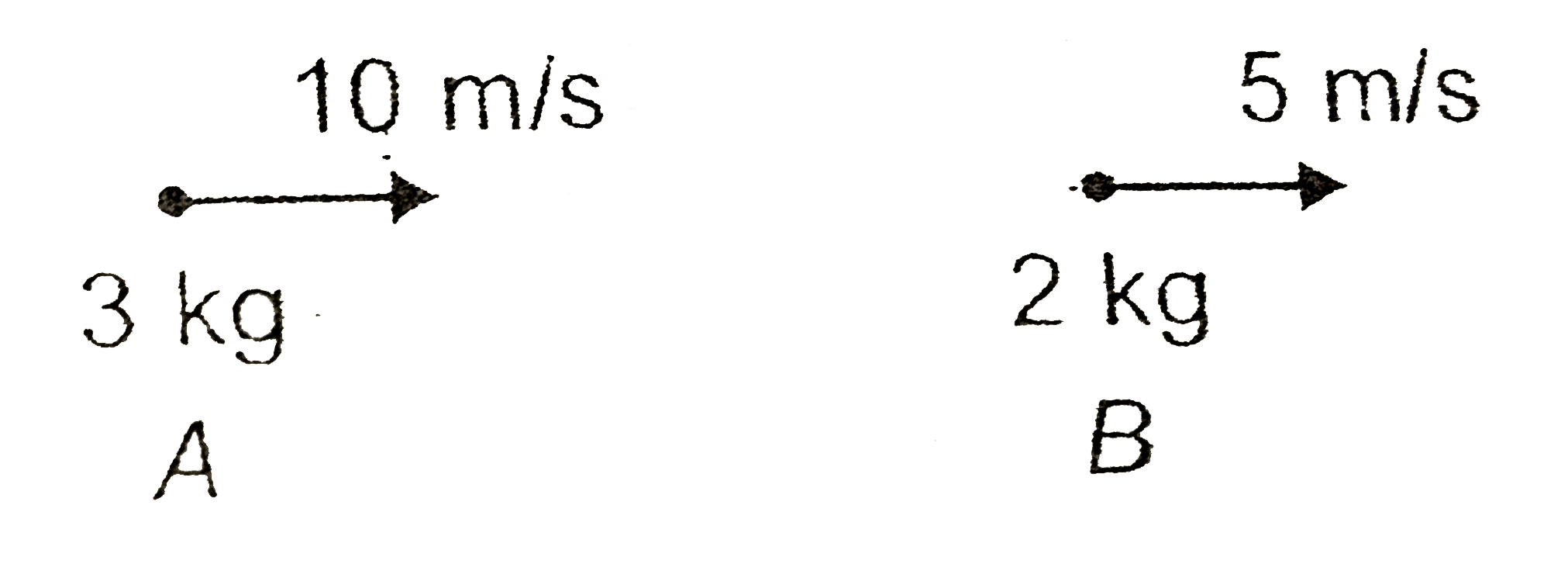
Find the maximum momentum that particle B can have after collision with B.
View SolutionTwo particles A and B of mass 3kg and 2kg moving with speed 10m/s and 5m/s as shown in figure.
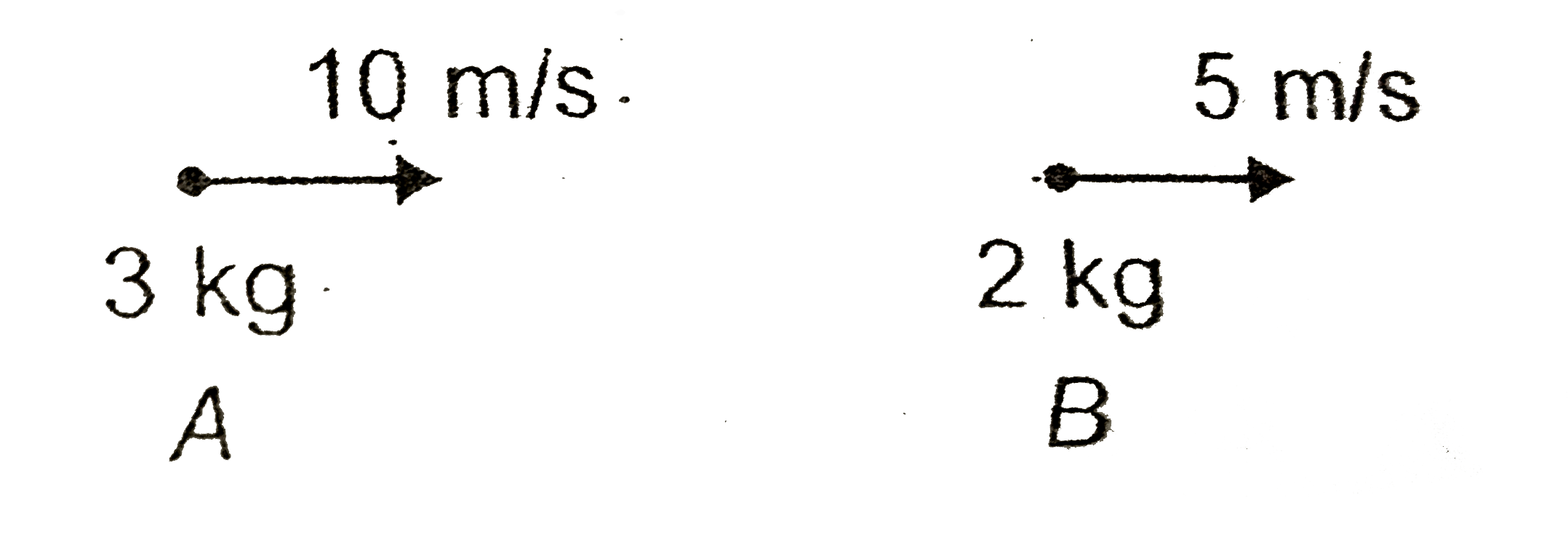
Find the maximum momentum that particles A can have after collision with B.
View SolutionTwo particles A and B of mass 3kg and 2kg moving with speed 10m/s and 5m/s as shown in figure.

Find the maximum momentum that particle B can have after collision with A
View SolutionTwo particles A and B of mass 3kg and 2kg moving with speed 10m/s and 5m/s as shown in figure.

Find the maximum momentum that particles A can have after collision with B.
View Solution
